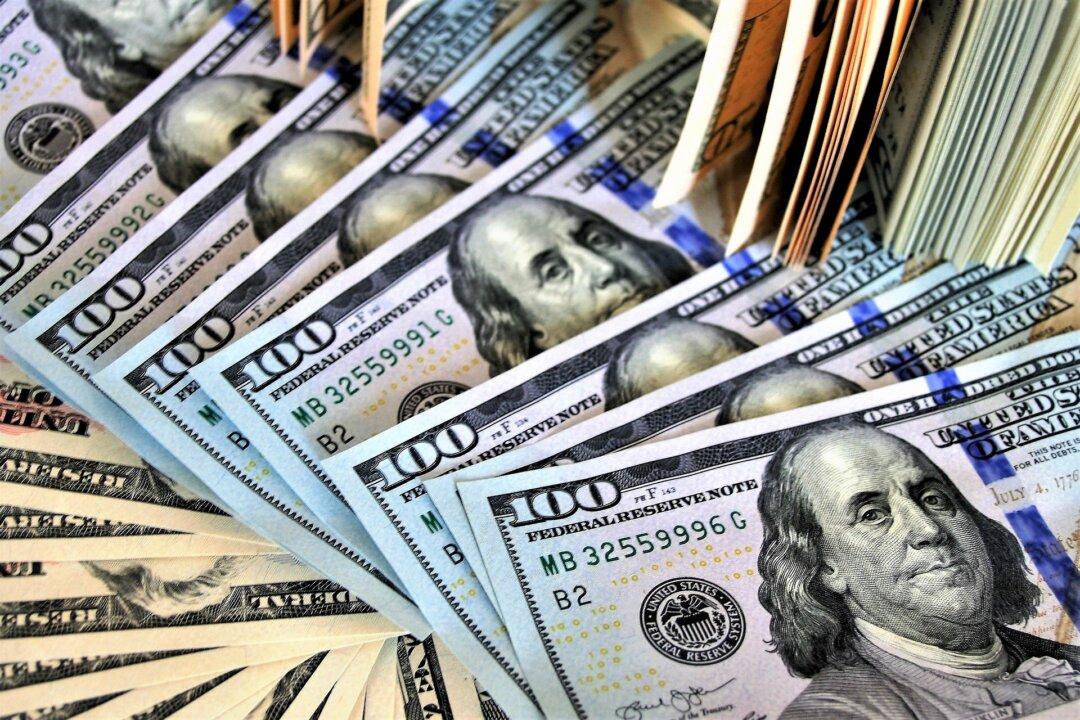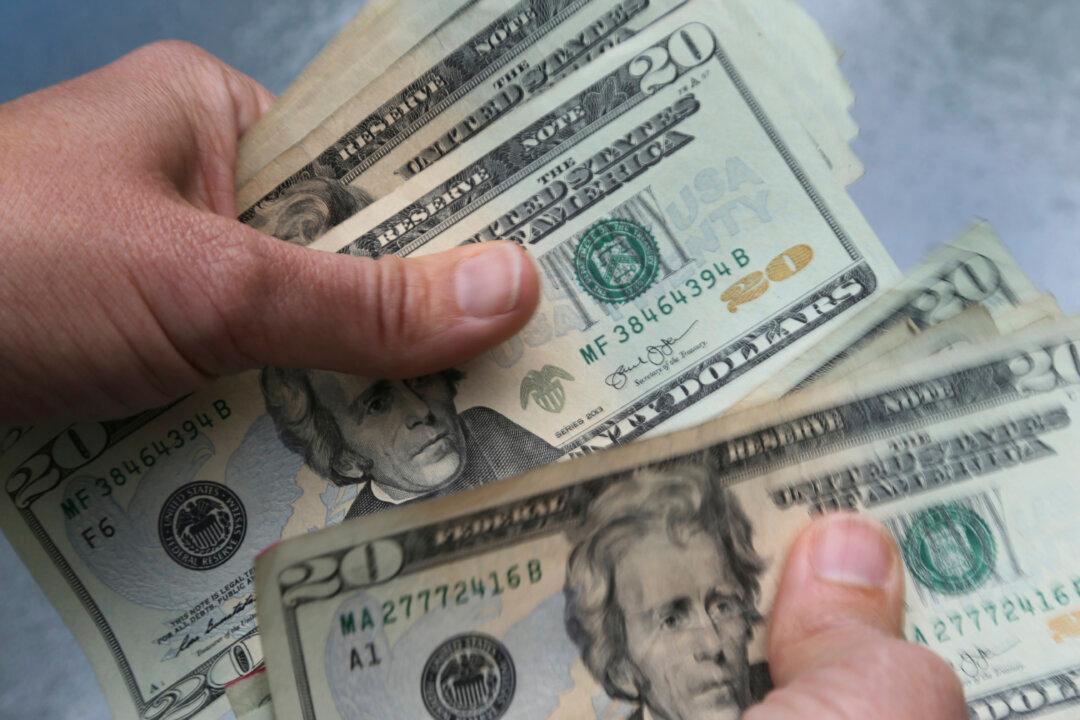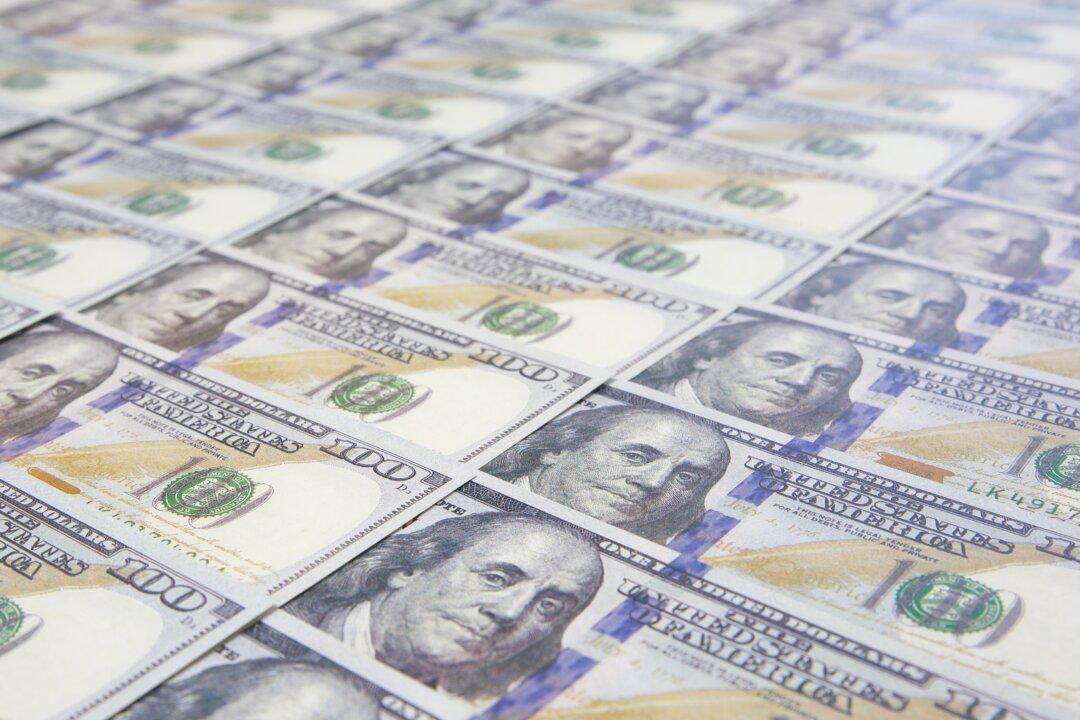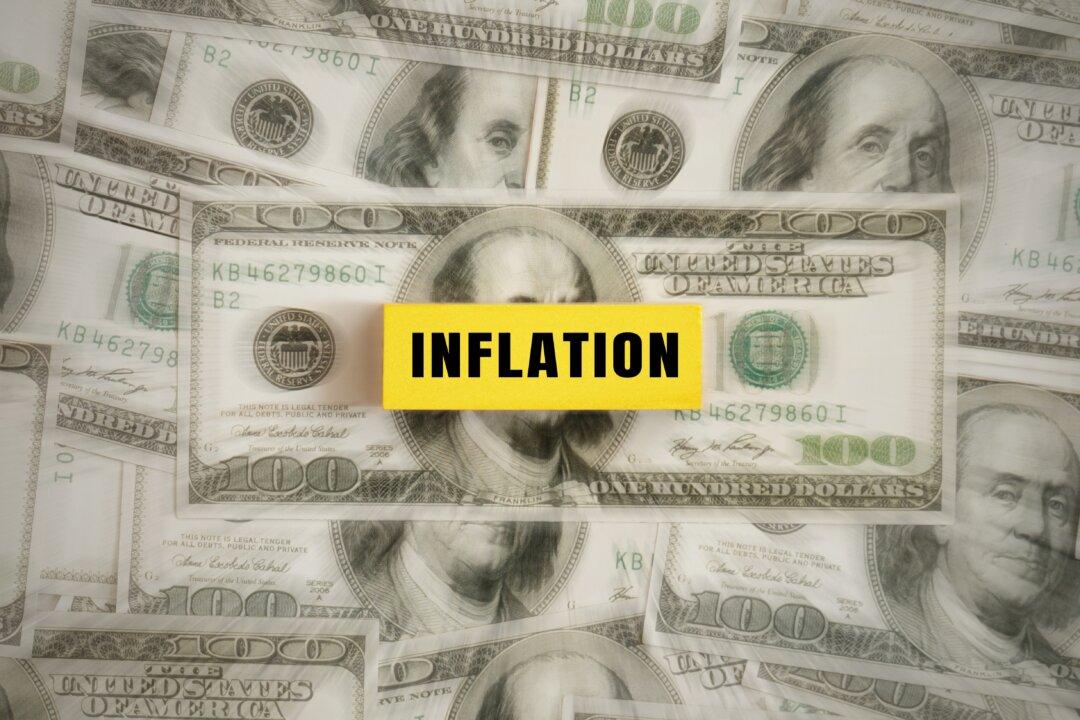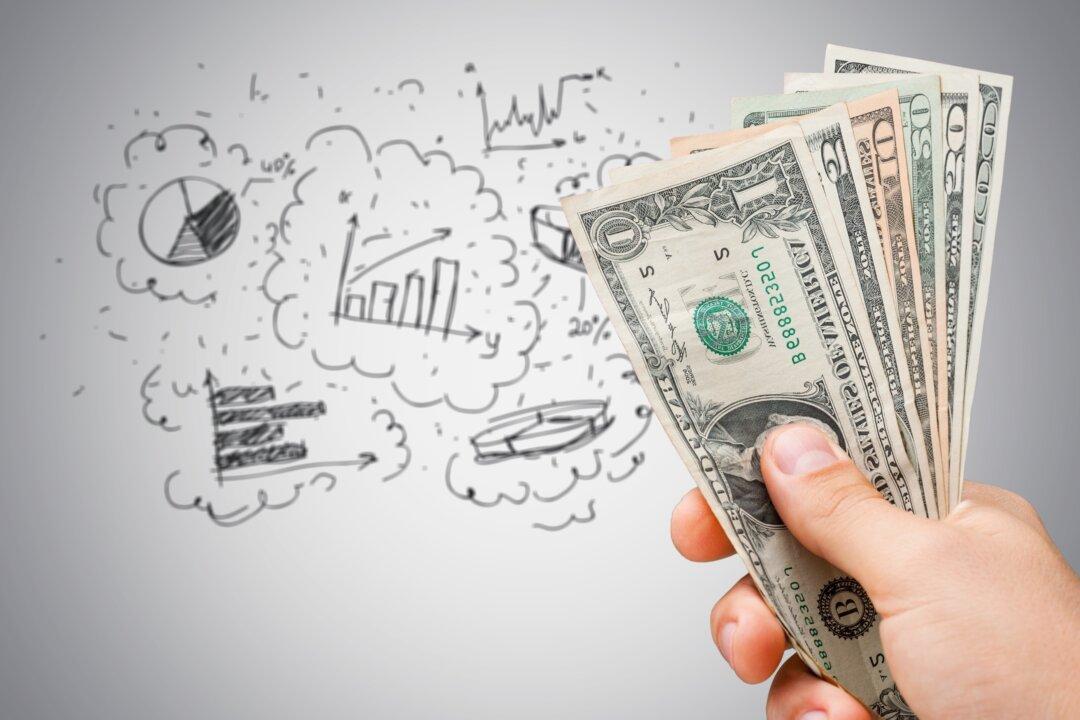Commentary
When a writer starts a new column, his first battle is to justify why people should read it. Paul Krugman has just made that task much easier for me, by publishing a column on money that, to use his favorite phrase, is “all wrong.” The crucial point at which Krugman gets it “all wrong” —yes, a Nobel Prize winner in Economics is wrong about money—is his assumption that, when they lend, banks lend out reserves:
